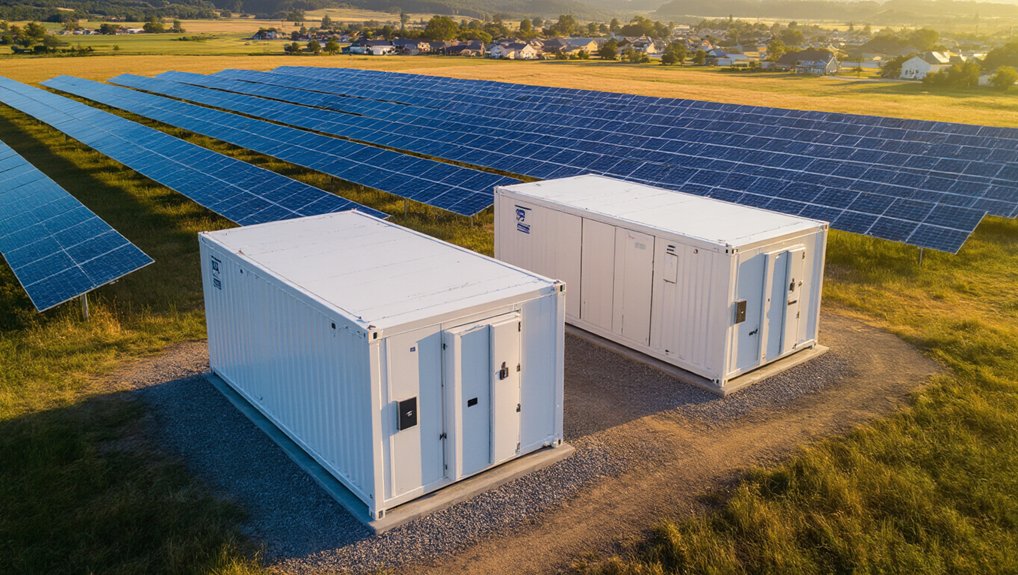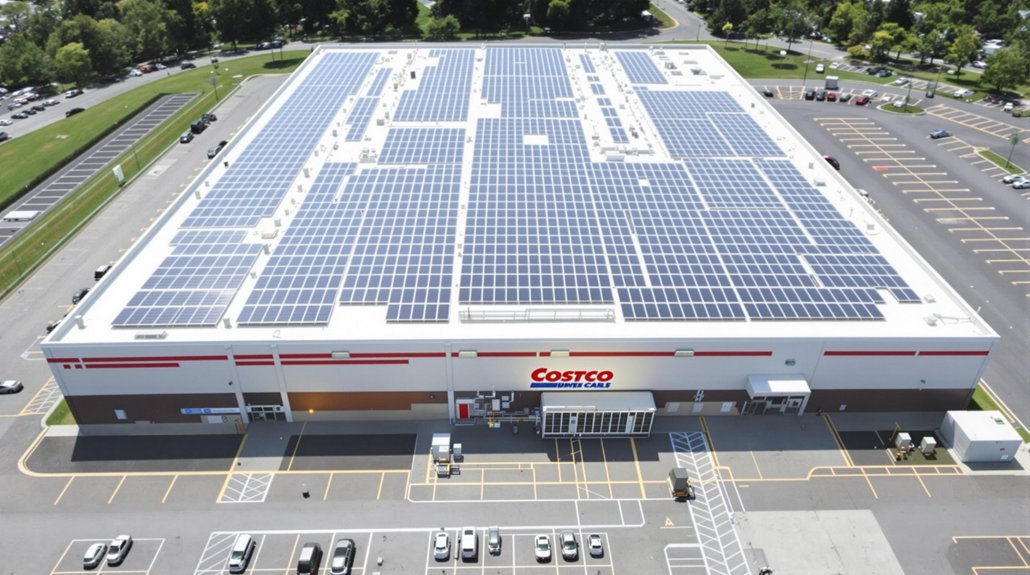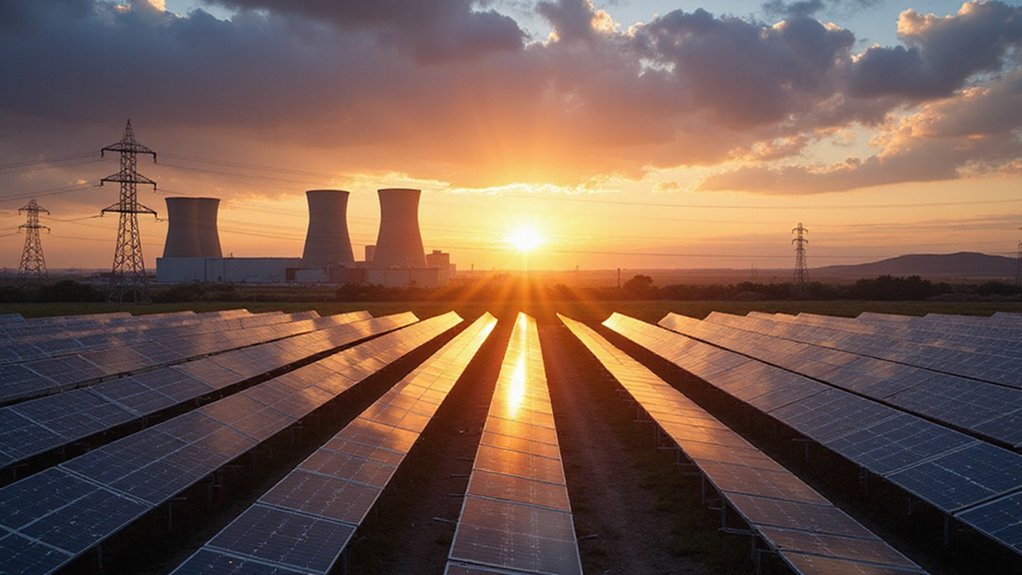Solar power is taking over America’s electricity grid, and the numbers are getting ridiculous. More than half of all new electricity capacity in 2025 will come from solar panels. That’s 51.5%, to be exact. Over 32.5 gigawatts of utility-scale solar is about to get slapped onto the grid. The country’s solar generation is jumping from 163 billion kilowatt-hours to 285 billion in just five years. That’s a 75% surge.
Texas is absolutely crushing it with 11.6 gigawatts coming online next year. That’s more than a third of the entire nation’s solar additions. California trails with a measly 2.9 gigawatts. Even Indiana, Arizona, and Michigan are each dropping over a gigawatt.
Texas dominates with 11.6 gigawatts of new solar, crushing California’s measly 2.9 gigawatts.
But here’s where it gets interesting. Community solar installations exploded by 35% last year, hitting 1,700 megawatts. New York, Minnesota, and Massachusetts started this party. Now Maine, Illinois, Maryland, and New Jersey want in. These shared solar gardens are perfect for people stuck in apartments or with crappy roofs. No solar panels on your trailer? No problem. Buy into the local solar farm.
The real game-changer is batteries. America’s adding 18.2 gigawatts of battery storage in 2025. California’s grid already has batteries equal to half its solar capacity. Texas batteries run for 2.5 hours, while California’s last four. Nearly every new solar project in California includes batteries now. Ninety-eight percent, actually. The biggest battery projects include a 500 MW facility in Kern County co-located with an equally massive solar plant.
These batteries aren’t just sitting there looking pretty. They’re storing excess solar power and releasing it when the sun goes down. Evening peaks? Handled. Grid outages? Less likely. All that wasted solar energy that used to get curtailed? Now it gets saved for later. Battery storage costs have plummeted 72% since 2015, making these systems financially viable for utilities and communities alike.
Federal tax credits are fueling this boom, especially for community and commercial projects. California’s Net Metering changes knocked residential installations around, but state incentives keep pushing adoption elsewhere. The 30% tax credit will remain available through 2032, providing long-term certainty for solar investors. High electricity bills and blackouts are making solar-plus-battery systems look pretty attractive to regular folks.
The solar transformation isn’t coming. It’s here. And with community solar expanding access and batteries solving the sunset problem, cheaper electricity might actually happen. Imagine that.
References
- https://pv-magazine-usa.com/2025/02/27/solar-batteries-and-wind-to-make-up-93-of-2025-u-s-electricity-capacity-deployments/
- https://enkonnsolar.com/solar-energy-statistics/
- https://aspenpower.com/2025-solar-trends-innovations-driving-the-renewable-revolution-2/
- https://seia.org/research-resources/solar-industry-research-data/
- https://www.atlanticcouncil.org/blogs/energysource/batteries-are-charging-californias-solar-revolution/









